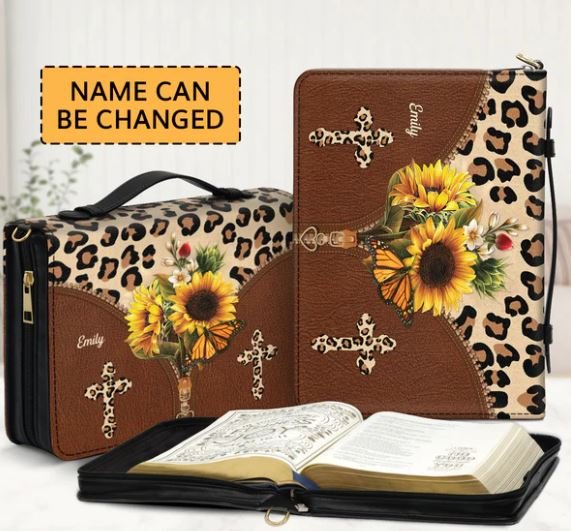The Divine Wedding
As an Amazon Associate, I earn from qualifying purchases. This page contains affiliate links. If you choose to make a purchase after clicking a link, I may receive a commission at no extra cost to you.
Visit our Holy Spirit Gear Store- - - - - ->>> HERE <<< - - - - - - New items Weekly
As I sit down to delve into the profound symbolism and significance of Nazarene wedding traditions, I am reminded of the timeless wisdom found in the Scriptures. These ancient customs carry within them echoes of a divine plan, weaving through the tapestry of human history, and pointing towards a greater spiritual reality.
In the Nazarene culture, weddings were not merely celebrations of union between two individuals, but they were deeply symbolic events that mirrored profound spiritual truths. As I reflect on these traditions, I am drawn to the beautiful imagery of the bridegroom and his bride, a motif that permeates the pages of the Bible.
One cannot explore this theme without turning to the Gospel of Matthew, where Jesus himself spoke of the bridegroom in reference to his own identity. In Matthew 9:15, Jesus said, "Can the wedding guests mourn as long as the bridegroom is with them? The days will come when the bridegroom is taken away from them, and then they will fast." Here, Jesus paints a vivid picture of himself as the bridegroom, and his followers as the wedding guests eagerly awaiting his return.
The imagery of the bridegroom and his bride is further elaborated in the writings of the apostle Paul. In his letter to the Ephesians, Paul speaks of the profound mystery of Christ's love for his church, comparing it to the love between a husband and wife. In Ephesians 5:25-27, Paul writes, "Husbands, love your wives, as Christ loved the church and gave himself up for her, that he might sanctify her, having cleansed her by the washing of water with the word, so that he might present the church to himself in splendor, without spot or wrinkle or any such thing, that she might be holy and without blemish."
Here, Paul beautifully articulates the depth of Christ's love for his bride, the church, and the lengths to which he would go to present her as holy and blameless. This imagery of sanctification and purification is central to Nazarene wedding traditions, where the bride would undergo a period of preparation and purification before being presented to her bridegroom.
In the Gospel of John, we find another layer of meaning to the bridegroom motif. In John 3:29, John the Baptist declares, "The one who has the bride is the bridegroom. The friend of the bridegroom, who stands and hears him, rejoices greatly at the bridegroom's voice. Therefore this joy of mine is now complete." John, the Baptist, understood his role as the friend of the bridegroom, rejoicing at the imminent union between Christ and his church.
As I reflect on these passages, I am struck by the profound sense of anticipation and longing that permeates the Scriptures. The imagery of the bridegroom coming for his bride speaks to a deeper reality—that of Christ's imminent return for his church. Just as the Nazarene bridegroom would await the signal from his father to fetch his bride, so too do we, as believers, eagerly await the call from our Heavenly Father to be united with Christ.
But when will this long-awaited call come? When will the bridegroom come for his bride? These are questions that have puzzled theologians and believers alike for centuries. Yet, as I ponder these mysteries, I am reminded of the words of Jesus himself in Matthew 24:36, where he says, "But concerning that day and hour no one knows, not even the angels of heaven, nor the Son, but the Father only."
Here, Jesus speaks of the divine mystery surrounding the timing of his return. Even he, the Son of God, does not know the hour appointed by the Father. This reminds us of the sovereignty of God and his perfect timing in all things. Just as the Nazarene bridegroom would await the signal from his father before going to fetch his bride, so too does Jesus await the command from his Father before coming for his bride, the church.
As I meditate on these truths, I am filled with a sense of awe and wonder at the divine romance that unfolds between Christ and his church. The imagery of the bridegroom coming for his bride serves as a powerful reminder of the intimacy and love that God desires to share with his people. Just as the Nazarene bride would eagerly await the arrival of her bridegroom, so too are we called to eagerly anticipate the return of Christ for his church.
Recommended Books to Further Study the Subject
The theme of Nazarene wedding traditions provides us with a rich tapestry of imagery and symbolism that points towards a deeper spiritual reality. Through the lens of Scripture, we see the profound love that Christ has for his church, likened to that of a bridegroom for his bride. And just as the Nazarene bridegroom would await the call from his father before going to fetch his bride, so too do we await the divine command from our Heavenly Father before Christ comes for his bride. May we, as believers, eagerly anticipate the glorious day when the bridegroom will come for his bride, and may we continue to prepare ourselves, pure and spotless, for that blessed union.















